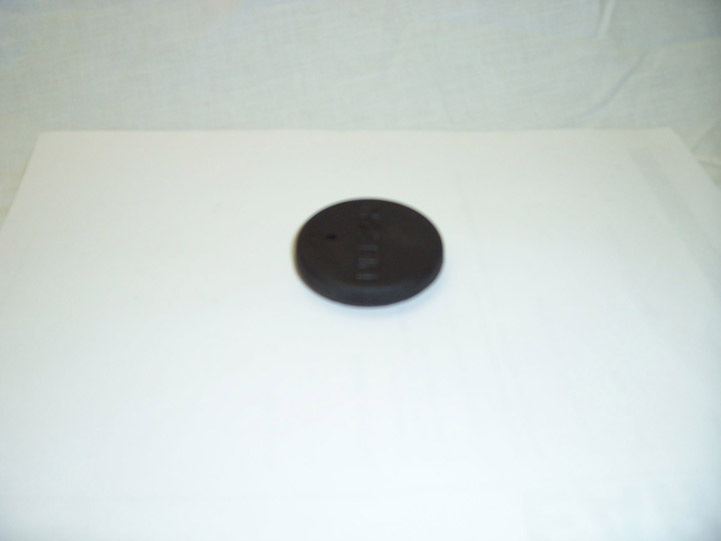Hand Odds

Hand Odds Texas Holdem
Probability that either partnership will have enough to bid game, assuming a 26+ point game = 25.29% (1 in 3.95 deals)
Probability that either partnership will have enough to bid slam, assuming a 33+ point slam = .70% (1 in 143.5 deals)
Probability that either partnership will have enough to bid grandslam, assuming a 37+ point grandslam = .02% (about 1 in 5,848 deals)
Number of different hands a named player can receive = 635,013,559,600
Number of different hands a second player can receive = 8,122,425,444
Number of different hands the 3rd and 4th players can receive = 10,400,600
Number of possible deals = 52!/(13!)^4 = 53,644,737,765,488,792,839,237,440,000
Number of possible auctions with North as dealer, assuming that East and West pass throughout = 2^36 - 1 = 68,719,476,735
Number of possible auctions with North as dealer,
assuming that East and West do not pass throughout =
128,745,650,347,030,683,120,231,926,111,609,371,363,122,697,557
Odds against each player having a complete suit = 2,235,197,406,895,366,368,301,559,999 to 1
Odds against receiving a hand with 37 HCP (4 Aces, 4 Kings, 4 Queens, and 1 Jack) = 158,753,389,899 to 1
Odds against receiving a perfect hand (13 cards in one suit) = 169,066,442 to 1
Odds against a Yarborough = 1827 to 1
Odds against both members of a partnership receiving a Yarborough = 546,000,000 to 1
Odds against a hand with no card higher than 10 = 274 to 1
Odds against a hand with no card higher than Jack = 52 to 1
Odds against a hand with no card higher than Queen = 11 to 1
Odds against a hand with no Aces = 2 to 1
Odds against being dealt four Aces = 378 to 1
Odds against being dealt four honors in one suit = 22 to 1
Odds against being dealt five honors in one suit = 500 to 1
Odds against being dealt at least one singleton = 2 to 1
Odds against having at least one void = 19 to 1
Odds that two partners will be dealt 26 named cards between them = 495,918,532,918,103 to 1
Odds that no players will be dealt a singleton or void = 4 to 1
Hand Odds
Card Distribution (remaining two hands)
Hand Distribution (suits within a hand)
High Card Point Count (HCPs in one hand)
Miscellaneous Probabilities (assorted interesting odds)
Number of Cards (card quantity in a suit)
Posteriori Probability (example when additional information is known)
Suit Combinations (best lead and plays)
Expected Controls (based on HCP)
Also see books on Probabilities
Hand Odds For Texas Hold'em
From there, you will want to convert your pot odds into a percentage so you know exactly how much equity your hand needs to profitably call the bet. Let’s go over the quick 3-step process for converting your pot odds into a percentage. Texas Holdem Heads-Up Preflop Odds. This table was created by enumerating through every possible board and opponent hole card combination for each of the 169 texas holdem preflop starting hands. Poker Hand Odds. One of the most common scenarios you’ll hear about odds in poker, is when looking at your “outs”. We’ll cover this in the section below – in this part of the guide, we’re going to look at the actual odds of getting some of the most popular and sought-after poker hands. However, if we assume that the player will always keep J555 if those cards are included in the hand, the odds of getting a perfect 29 hand starting with a six-card hand are 1 in 216,580, while the odds after discarding from a five-card hand are 1 in 649,740. Scoring Breakdown, assuming random discard (s) to the crib Mean = 4.7692. Meanwhile, on the turn (so the odds of hitting on the river) is 9.2 (=2) = roughly 20% of hitting. With pot odds, think of the number of cards again. 52 in the deck, two in your hand and three on the board (flop). That means 47 unseen cards (including your opponents' hole cards). Nine cards can save you but 38 cards don't complete your draw.